
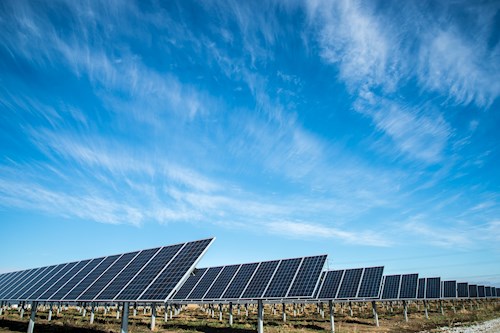
Solar Goals
In 2017, Dane County set a goal to get 100% of the electricity for its internal operations from renewable sources by 2025. In 2023, the County announced that it had achieved that goal, with Dane County becoming the first county government in Wisconsin to have 100% renewable offset electricity for its operations.
Relative to countywide electricity usage, Dane County aims to cut all countywide emissions in half by 2030. As part of that effort, we strive to meet at least one-third of countywide electric needs with renewable electricity by 2030.
To support these ambitious goals, Dane County pursued SolSmart designation by implementing best practices to make it easier for residents and businesses to install and access solar energy. SolSmart is a national program funded by the U.S. Department of Energy that has helped hundreds of local governments become “open for solar business.”
In April 2024 Dane County became the first county in the US to achieve SolSmart Platinum designation.
In Dane County’s Climate Action Plan, we set targets of 1200 MW of solar power by 2030, and that solar and wind power would supply 100% of electricity in the County by 2045. That was a big goal because, in 2017, we had less than 15 MW of solar installed in the County. Today, Dane County leads the state in rooftop solar arrays, and we also have numerous innovative partnerships that enable entities to access electricity from the sun.
| Total Solar Arrays | Total Megawatt (MW) Capacity | |
| Residential solar arrays | 4,150 | 28 MW |
| Business, nonprofit & local government arrays | 420 | 26 MW |
| Utility/Customer Partnerships | 6 | 69 MW |
| Utility-Scale Solar Farm (in progress) | 1 | 300 MW |
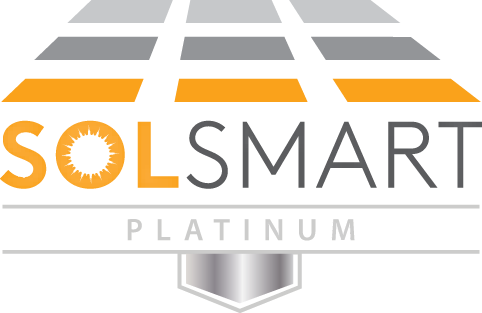
Dane County earned SolSmart Platinum designation in April 2024.
Dane County is the first county in the US to earn this designation.
Check out the SolSmart case study about Dane County here.
Dane County is committed to exceptional customer service related to the solar process. To promote the continued advancement of solar in our community, we committed to Solsmart's overarching goals:
Over the last year we fulfilled these goals, working with CARPC to support municipal participation in SolSmart. To date, four additional municipalities have committed to pursuing SolSmart: the Cities of Middleton and Sun Prairie and the Villages of McFarland and Mount Horeb. To date:
We have co-hosted two trainings to support local governments' efforts to meet SolSmart training requirements. We hosted the trainings in conjunction with the Capital Area Regional Planning Commission (CARPC). Those trainings were:
A community seeking SolSmart designation can earn points toward a SolSmart designation when their staff participate in these trainings.
Municipal ordinances can make it easier or more difficult for locals to pursue solar installations. We offer here a model solar ordinance that can help local governments review and update their own ordinances.
To successfully complete the goals, the County will promote both large- and small-scale solar projects by:
As a division within the County Executive's Office, the Office uses its Climate Action Plan as a guide to lead public and private efforts across the community to implement strategies that address climate change. In addition to the various actions identified in the links above, you are part of these efforts when you:
Acting on climate change is our opportunity to create a better tomorrow for Dane County. So let's do this!
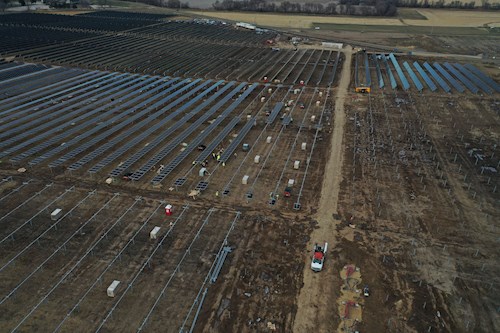
On April 18, 2023, County Executive Joe Parisi joined Alliant Energy and SunVest Solar to celebrate the newly constructed 17-megawatt (MW) solar project site.
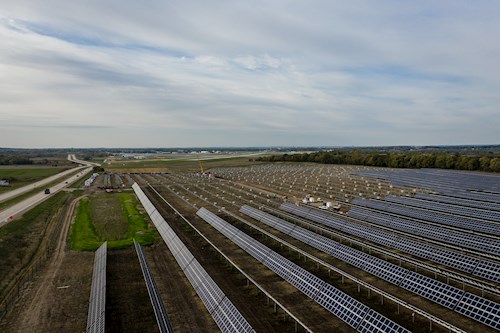
A 9-megawatt (MW) solar project completed by Madison Gas and Electric at Dane County Regional Airport produced more than 15 million kilowatt hours of electricity annually.
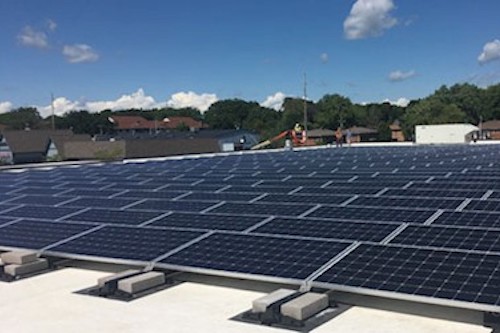
Dane County currently owns more solar than any other public entity in the state, with more than 800 kW at 17 sites across the county.
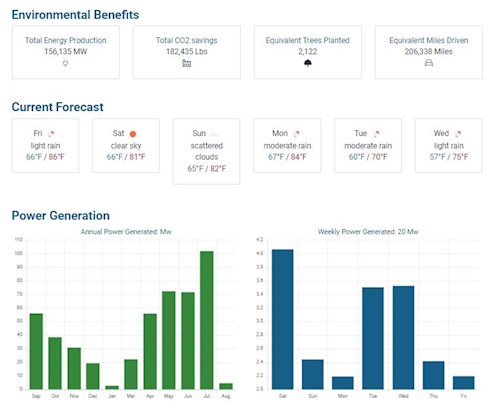
Monitor the electricity production from a variety of Dane County solar installations in real time.